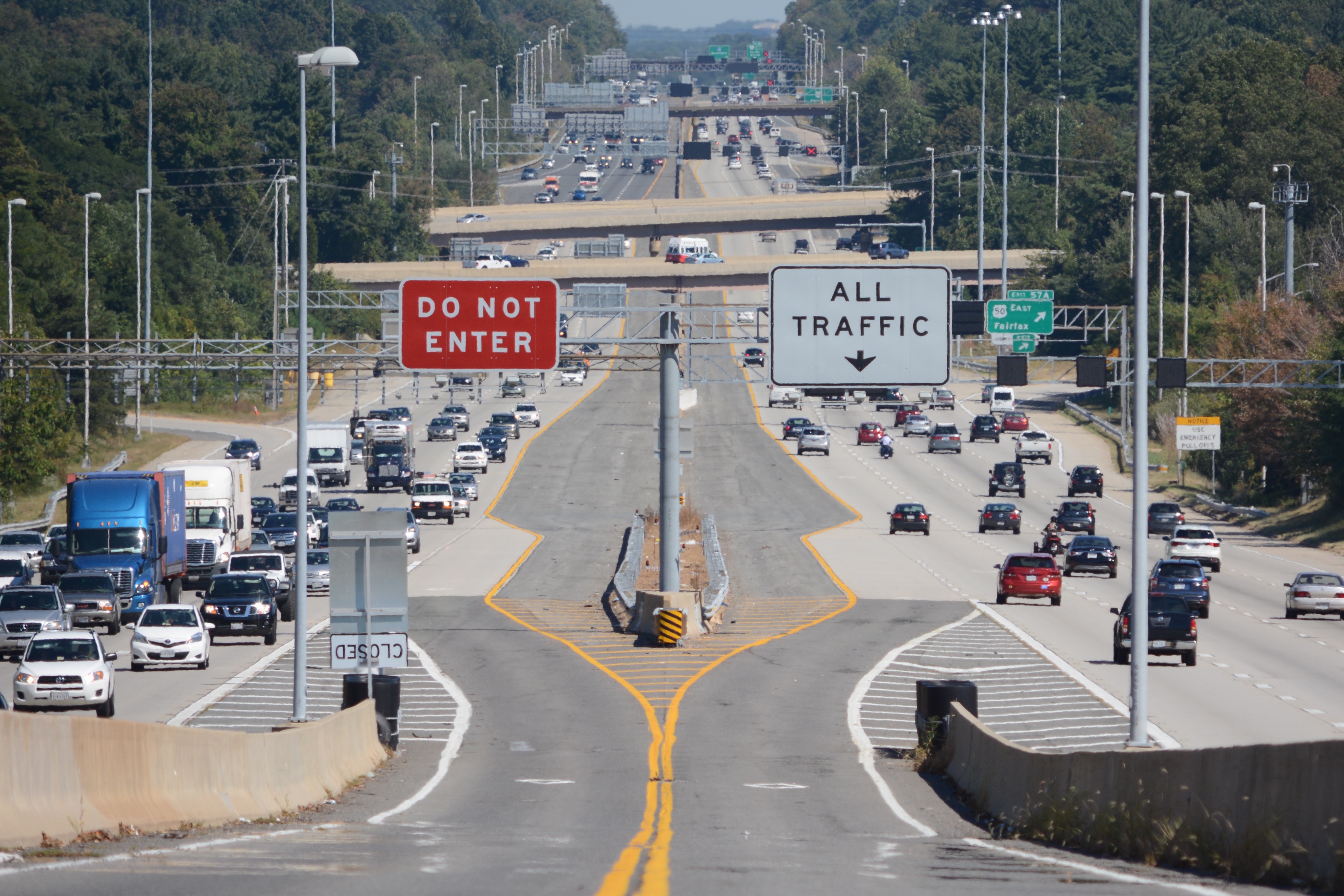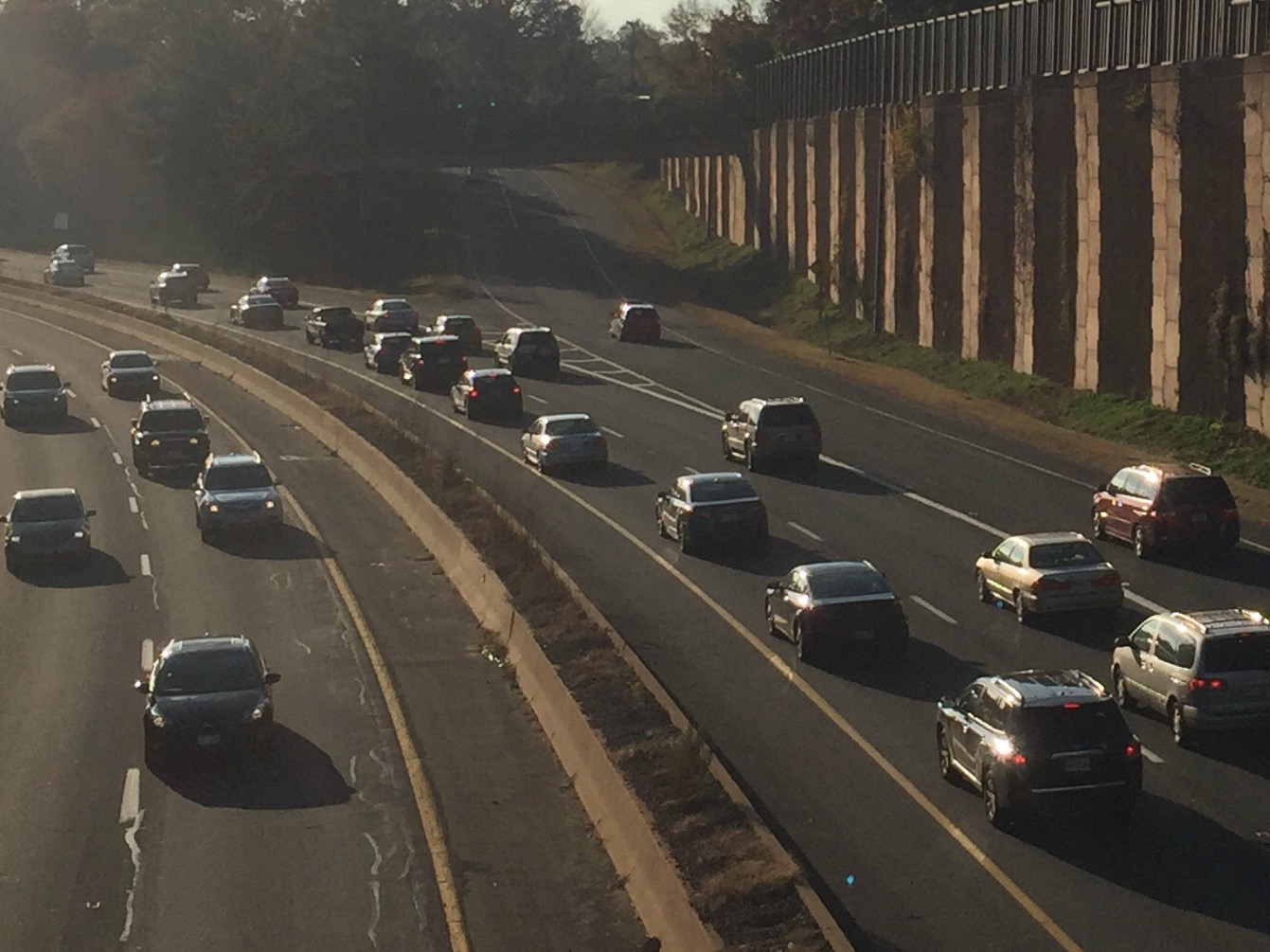WASHINGTON — With major changes and new tolls planned for solo drivers on Interstate 66, the Virginia Department of Transportation is explaining to drivers and leaders from Loudoun to Arlington why simply enforcing existing High Occupancy Vehicle rules is not a feasible way to make congestion better.
Virginia Department of Transportation Special Projects Development Manager Amanda Baxter says Virginia State Police do not have the troopers to fully enforce the HOV rules, and that the enforcement that does take place only slows down traffic through rubbernecking delays.
Under a VDOT plan to bring tolls to I-66 inside the Capital Beltway at rush hour, troopers would only need to check the number of people in vehicles where E-ZPass Flex transponders are being used to make sure they have the minimum number of people required for a free ride.
Other drivers would either pay the variable toll using an E-ZPass or get a bill for the toll in the mail through a system that photographs the license plates of vehicles without E-ZPasses.
The change in 2017 is expected to eliminate exemptions for drivers headed to or from Dulles Airport.
The electronic system could make cheating the rules more difficult. Today, VDOT believes nearly half of drivers during the restricted rush hour period in the afternoon may be breaking the rules.
Baxter says Virginia State Police have issued “many” $1,000 tickets for HOV violators inside the Beltway under the current system, but that the toll system would instead be handled through civil processes.
Today, the tickets start at $250 for a first offense, before eventually rising to $1,000. All include points on a driver’s license. The fines from those tickets go to an education fund. The toll revenue will instead go to improve travel along the I-66 corridor.
Baxter’s explanation of how the new system would work came as Arlington County Board members became the latest to question why there isn’t more enforcement now.
“The current restrictions are just not enforced. It’s piecemeal. It’s sporadic. One day you see the cops on the entry ramps, and for every one day you see them, there’ll be four, five or ten days when you don’t see them,” said Arlington Board Member John Vihstadt.
In response to questions about whether thermal imaging technology could be used to confirm the number of people in vehicles, Baxter said she sees little benefit to more technology like this, given its cost.
She did say the technology is available to VDOT, if needed. Similar technology has been tested on the 95 Express Lanes.







